Cargando...
Recursos educativos
-
Nivel educativo
-
Competencias
-
Tipología
-
Idioma
-
Tipo de medio
-
Tipo de actividad
-
Destinatarios
-
Tipo de audiencia
-
Creador
-
End-of-unit activities - Motion and forces
EduBook Organización
- 5255 visitas
In the world around us, we can see many objects in motion: cars, bicycles, planes, even ourselves. The planets in the Solar System are also in constant motion around the Sun. All motion can be described…
-
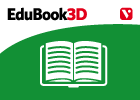
-
Before you start - Motion and forces
EduBook Organización
- 5172 visitas
In the world around us, we can see many objects in motion: cars, bicycles, planes, even ourselves. The planets in the Solar System are also in constant motion around the Sun. All motion can be described…
-
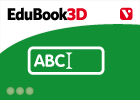
Initial self-evaluation T4 01 - Rivers and seas
EduBook Organización
- 5036 visitas
Complete the following text that describes the water cycle with the help of the words below: clouds – snow – rivers – evaporates – water vapour – air – grows cold – droplets Water from…
-
Remember - Motion and forces
EduBook Organización
- 4918 visitas
In the world around us, we can see many objects in motion: cars, bicycles, planes, even ourselves. The planets in the Solar System are also in constant motion around the Sun. All motion can be described…
-
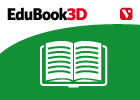
The earth and the Moon
EduBook Organización
- 4739 visitas
Globe. Globes represent the Earth in its true form, as a sphere. Orbit. To move round a planet or star. The Earth orbits the Sun. Hemisphere. The Earth has two hemispheres: the northern hemisphere and…
-

Answer. The Solar System
EduBook Organización
- 4756 visitas
Use what you have learnt in this section to answer the questions: What is the name of the galaxy in which our Solar System is located? What celestial bodies make up the Solar System? The equator divides…
-
Introduction - Motion and forces
EduBook Organización
- 4698 visitas
In the world around us, we can see many objects in motion: cars, bicycles, planes, even ourselves. The planets in the Solar System are also in constant motion around the Sun. All motion can be described…
-
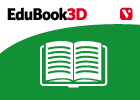
Louis XIV of France - The Baroque Age
EduBook Organización
- 4552 visitas
The French king Louis XIV (1643-1715) is the clearest example of an absolute monarch. In 1682, Louis established his court at the Palace of Versailles. All activities in the court centred around him and…
-
End-of-unit evaluation - Obtaining and using energy
EduBook Organización
- 4462 visitas
Energy drives the Universe and is part of all the changes which take place on Earth. The Sun is our main source of energy. Without it, there would be no life and most other sources of energy would not…
Te estamos redirigiendo a la ficha del libro...












